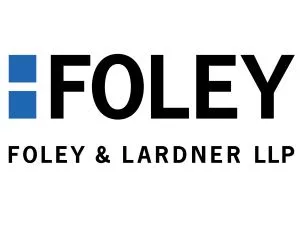- within Coronavirus (COVID-19), Government and Public Sector topic(s)
- with readers working within the Banking & Credit industries
In a decision underscoring that the U.S. stands (nearly) alone in holding most diagnostic methods to be not eligible for patenting, the Federal Court of Australia upheld Sequenom's Australian patent directed to prenatal diagnostic methods that involve detecting fetal DNA in maternal blood samples. Those working to reform U.S. patent eligibility law might want to consult this decision for guidance.
The Australian Court Decision
The Australian court rejected arguments based on U.S. patent eligibility law, which it criticized for being based on a "dissection of the claims into their constituent parts," which the court noted "has no place under Australian law."
Contrary to the Federal Circuit's view of the corresponding U.S. claims, the Australian court explained its patent eligibility finding as follows:
The Patent does not simply claim the discovery of cffDNA in maternal blood. Rather, it claims a new and inventive practical application of the discovery comprising a method requiring human action to detect, in an artificially created sample of maternal plasma or serum, a DNA sequence as being of fetal rather than maternal origin. And prior to the invention, no-one had worked or was working a method comprising the detection of cffDNA in plasma or serum samples extracted from pregnant females.
You can read more about the Australian court decision in this article by Hedie Meka of Eagar & Associates, whom I thank for bringing this decision to my attention.
Patent Eligibility In The U.S.
Two points in the Australian court decision could be useful touchstones for reforming U.S. patent eligibility law. First, requiring that claims be evaluated as a whole—and not parsed into (i) clauses reciting a "judicial exception" and (ii) other clauses—could go far towards solving the current patent eligibility crisis for diagnostic methods. More broadly, holding that a diagnostic method is a "practical application" of a newly discovered natural correlation might restore the patent eligibility of diagnostic methods to pre-Mayo status.
The content of this article is intended to provide a general guide to the subject matter. Specialist advice should be sought about your specific circumstances.
[View Source]

